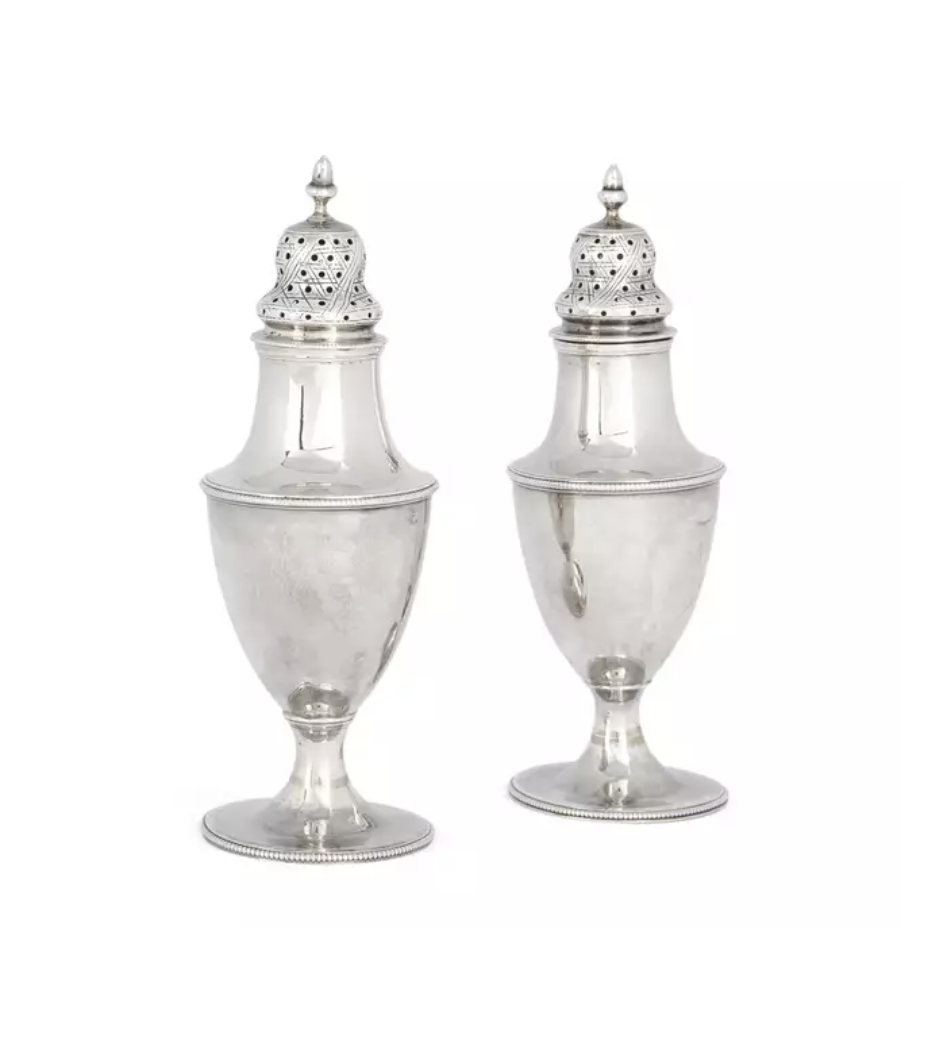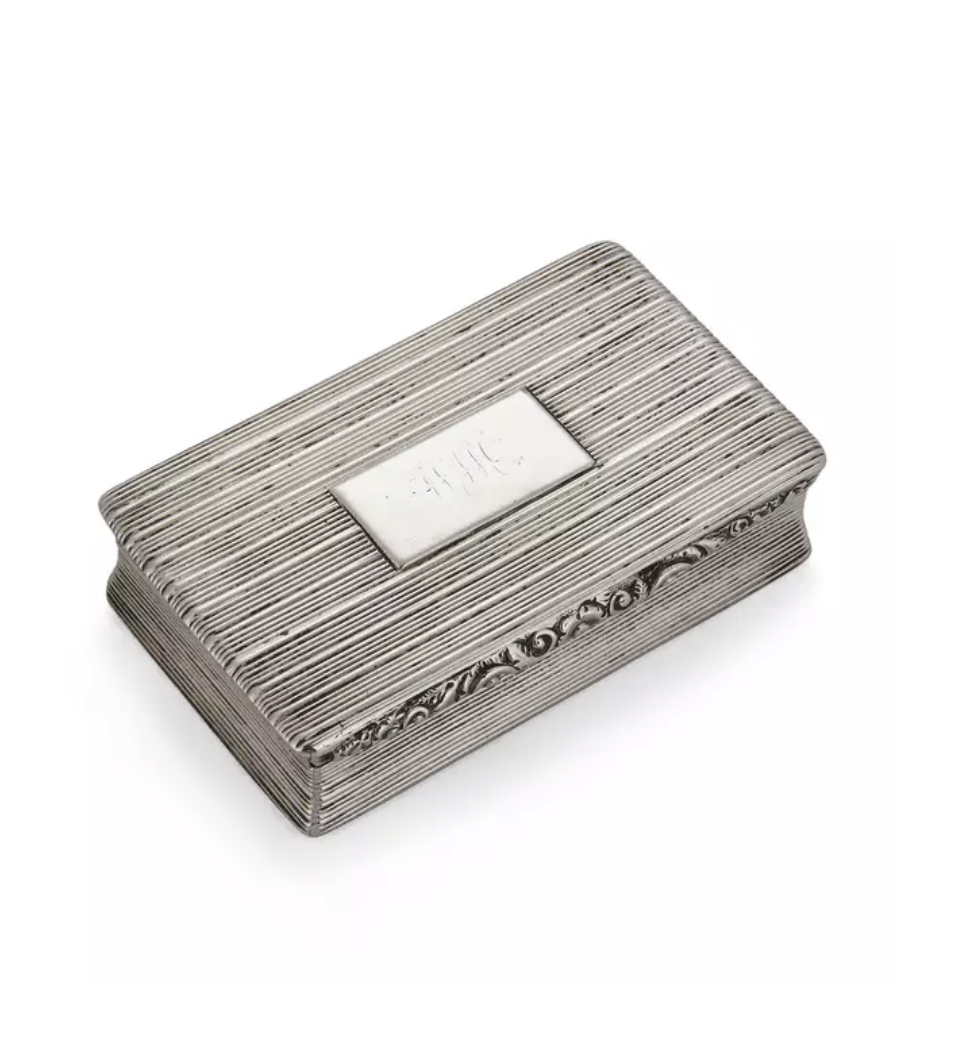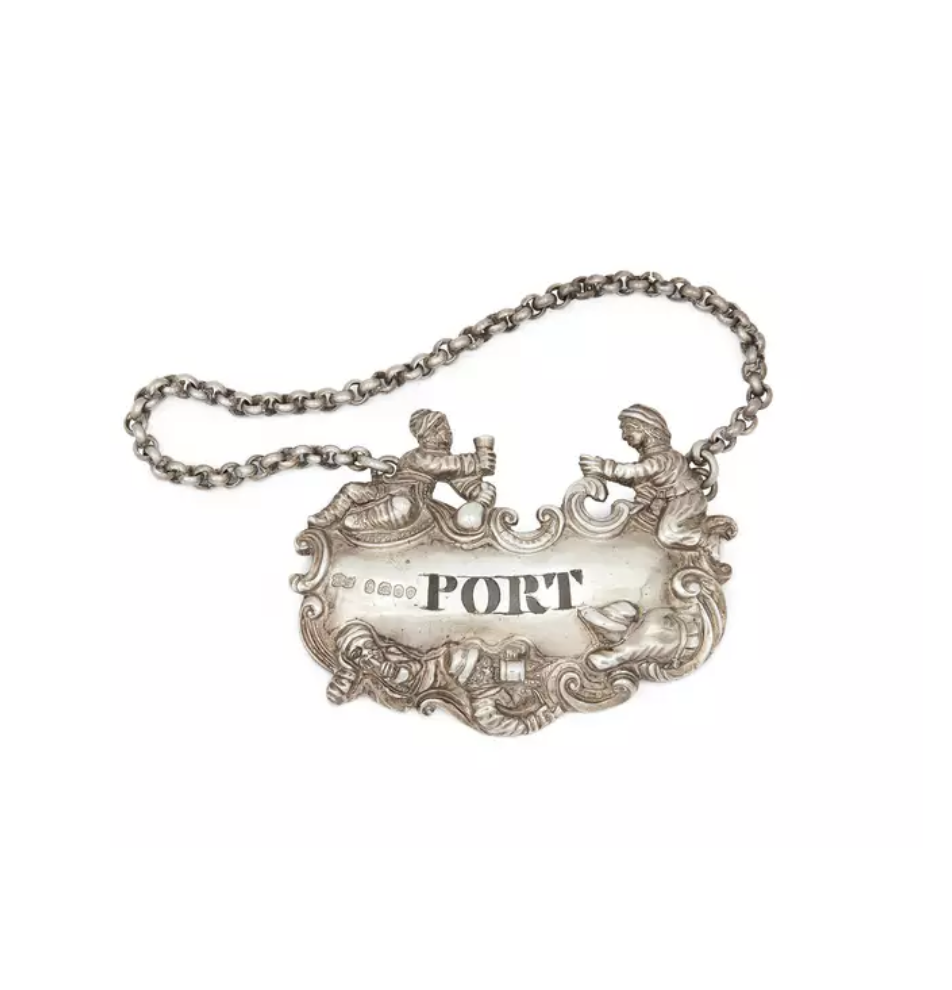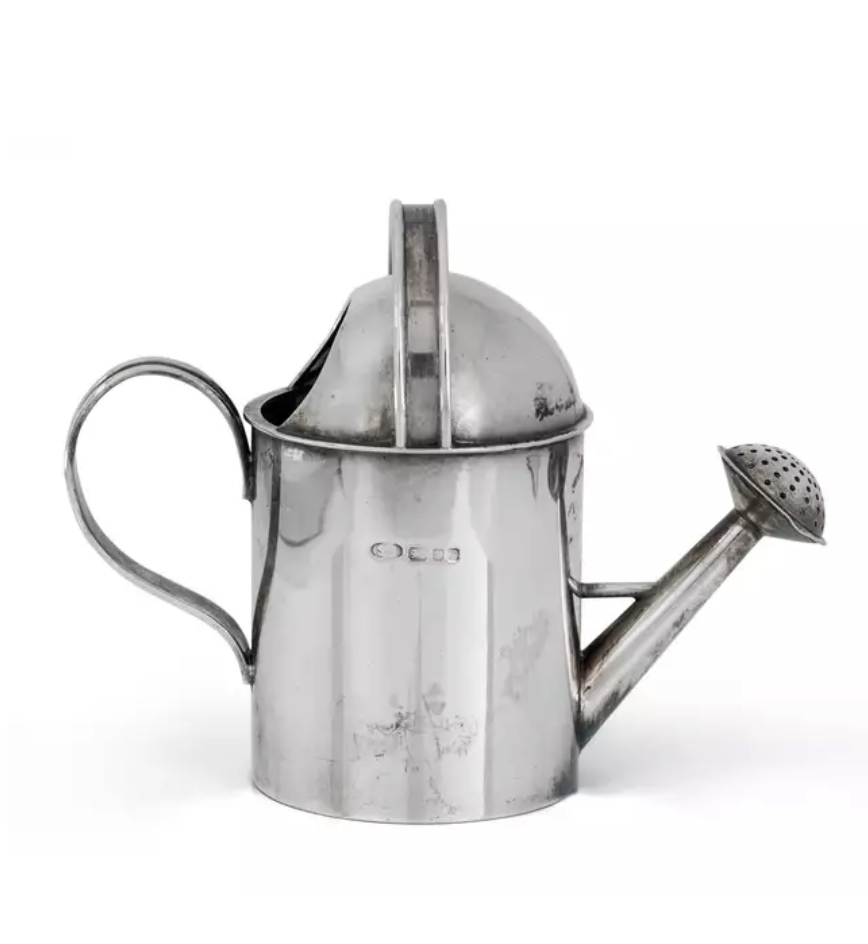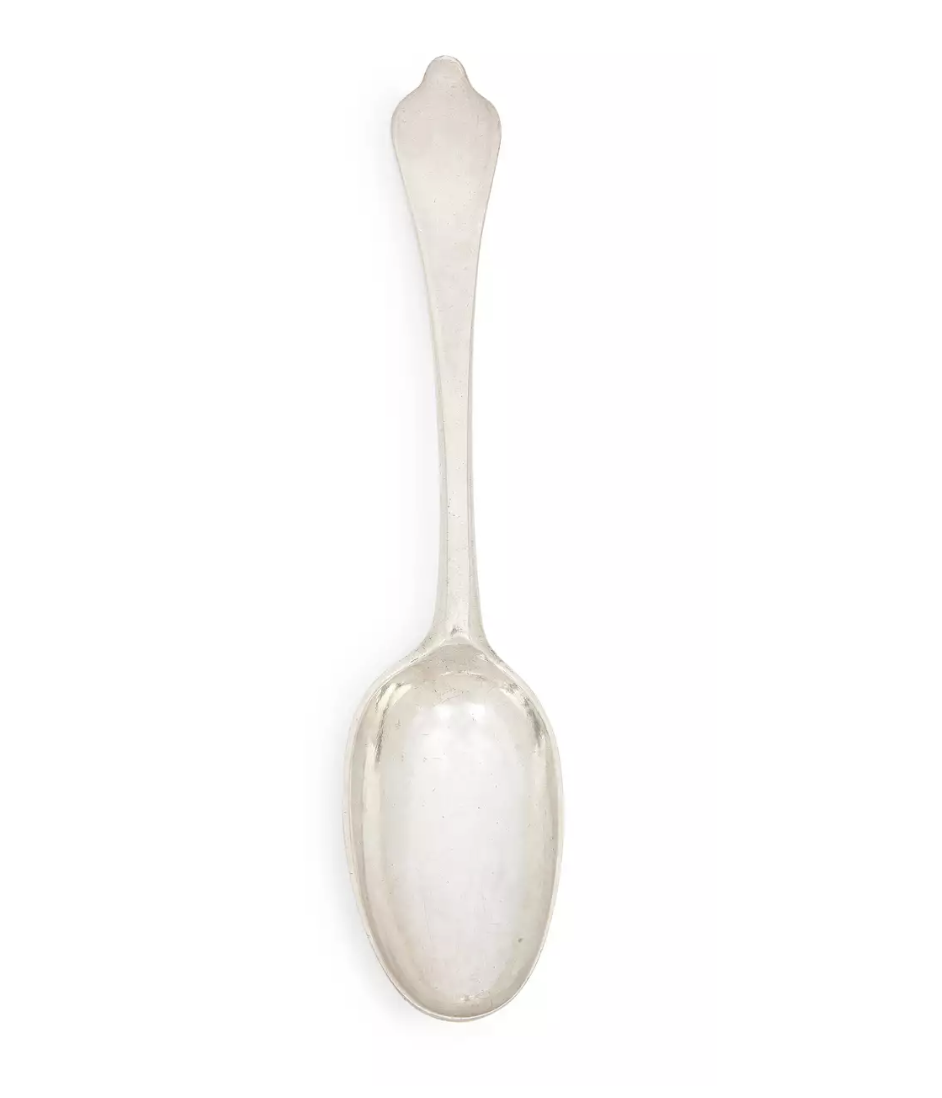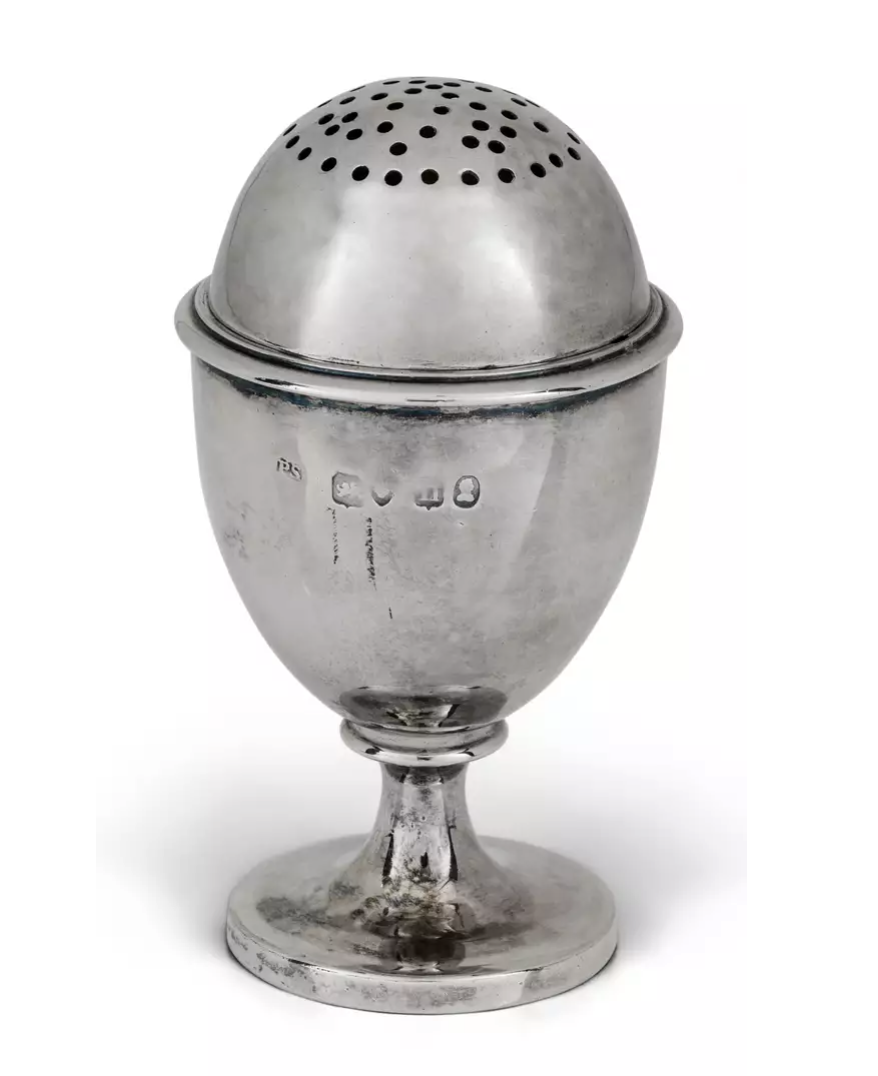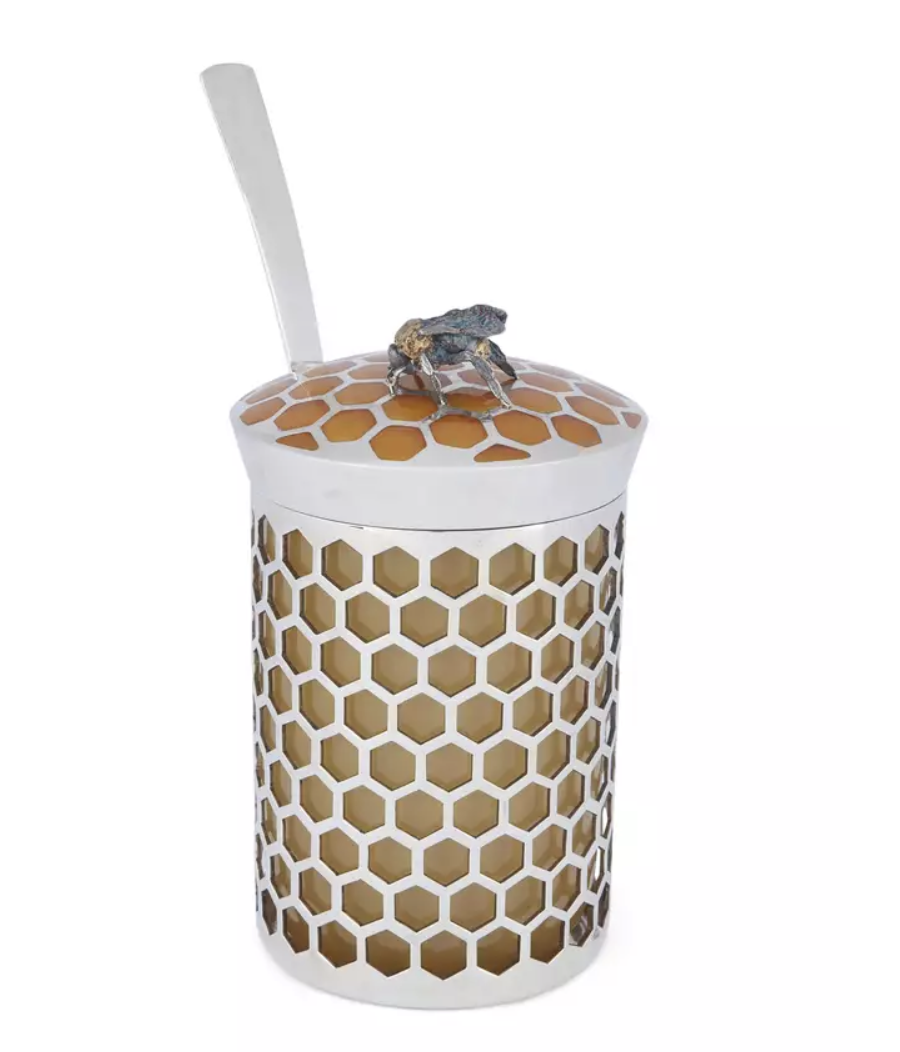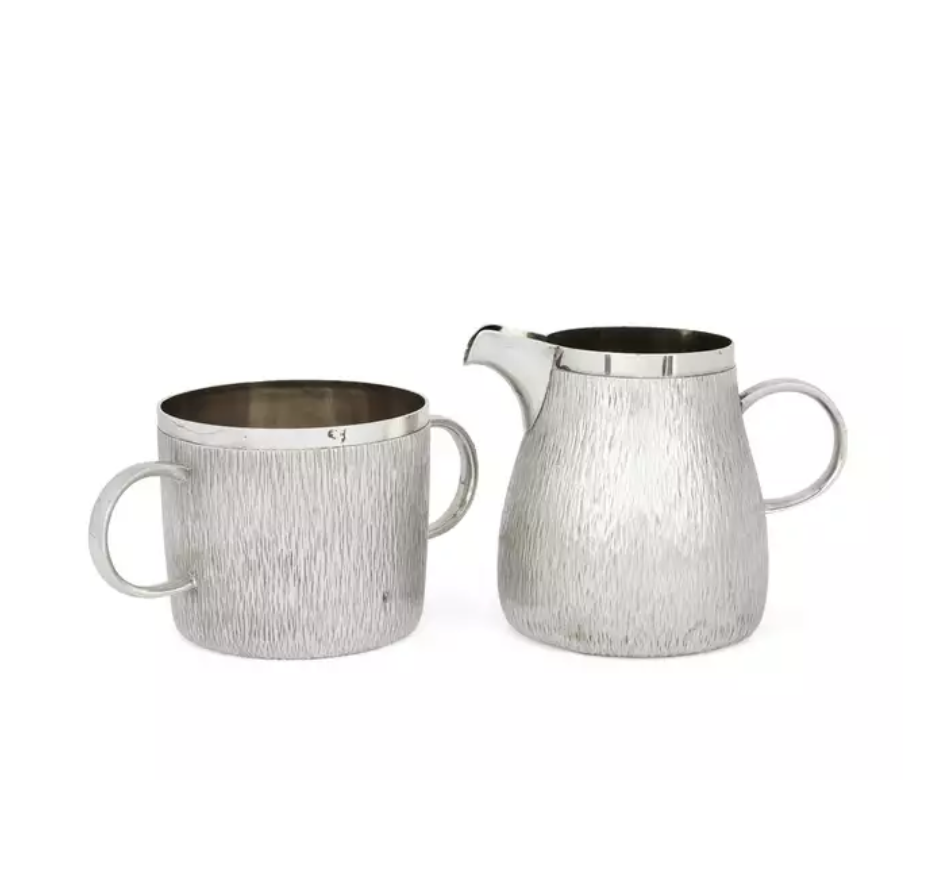Are you passionate about British silverware and looking to build your own collection but aren’t sure about where or how to start? Look no further, as our Silver department has compiled a guide full of practical tips to help you navigate the world of British silverware!
Lot 23: A pair of George II silver casters by Hester Bateman, London, 1788
Why collect British silver?
Antique silver is one of the best loved collecting subjects, due both to the quality of the material and the work involved in making it a fine piece. Until the latter part of the 19th century most silver was bought to be used and not thought of as a collectible. Now silver is as avidly collected as any other work of art.
People embark on collecting silver for many reasons. Some might decide to acquire a piece because they want to use it, for example in the case of silver flatware. Some may be fascinated by the system of hallmarks stamped on British silver and wish to broaden their knowledge by acquiring new pieces. Some might have inherited a few silver objects and be prompted to expand that collection through the acquisition of new articles. Finally, some might decide to collect silver as an investment. Silver is more affordable than other precious metals, such as gold, and as a result it can be a good starting point for investors. If you are collecting British silverware as an investment, make sure that you gain enough financial knowledge before doing so and always consider that there might be some associated risks. Monitoring the market and thinking about its trends regarding British silverware is very important. Attending auctions can be very useful in this sense, as it can provide collectors with an idea about what is selling for what, although this should always be considered with care.
Whatever your reasons are, it is always recommended to collect something you really like and are passionate about. Personal taste is bound to dominate one’s acquisition of silver, just as in any other areas of collecting. For this reason, when buying British silverware, the most important consideration to make is that you like what you are acquiring.
How to begin and then develop your British silverware collection
There are many approaches to collecting British silverware. If you are thinking about starting your own collection, it might be useful to focus your interest on a specific article of British silverware that you like. Some collectors decide to acquire a specific type of item, such as snuff boxes, vesta cases, vinaigrettes or cruets. These small objects vary in the scale of decoration and show a high degree of craftmanship, thus catching the eye of potential collectors. Our Silver sales, held four times per year at Roseberys, offer something for every budget, so it is always worth browsing the catalogue, as well as coming to the viewings to check the objects in person and talk to our specialists.
Lot 67: A William IV silver snuff box, Birmingham, 1832, William Pugh
Among small collectible objects, something to keep an eye on is silver wine labels. Wine labels, also defined as decanter labels, have proved of great interest, not only to silver collectors but also to those with an interest in wine and social history. Some collectors focus on the name on the label – illustrating the alcoholic tastes of the time - while others pay more attention to the overall design, shape, manufacturer, geographical area of production or a combination of these elements. While some of these items are sought-after and reach high prices - such as a ‘Five Topers’ silver decanter label for port by Edward Farrell which realised £918 in our December 2023 Silver auction - others can be found for affordable prices, which makes them very appealing for those who are starting to build a collection of British silverware.
Lot 29: A cast silver 'Five Topers' decanter label, Edward Farrell
Novelty silver also represents an interesting category of collecting. Novelty silver pieces are quirky, small objects; very fun to look at but also characterised by great workmanship. They pique our curiosity and can be very tempting for collectors. They come in a variety of forms and themes, with the animal-related ones often proving very popular at auction. It is also worth noting that due to their small size, novelty silver objects are quite collectible and can be easily stored.
Lot 135: A novelty silver model of a watering can, by Sarah Jones, London, 1989
British silver spoons represent a very collectible field. The category of British spoons is quite broad and most collectors decide to focus on a particular area, such as a type of spoon, a style of decoration or a geographical location. Some silver spoons can be purchased with a relatively small budget and this makes them quite appealing to collectors. Take a look at our guide “Seven centuries of British silver spoons” for more tips about this fascinating field of collecting!
Lot 13: A Queen Anne Britannia silver dog-nose tablespoon, William Scarlett
Rather than focusing on a specific article, some collectors choose to acquire pieces created by a particular British maker. There are some very important names in the history of British silverware, such as Paul de Lamerie, Hester Bateman or Paul Storr to name but a few. Owning something created by one of these makers might be very appealing for some collectors. If you choose to collect only pieces by a particular British silversmith, it might take some time to build a collection, especially if you are after pieces from a manufacturer whose works are not often offered at auction. In addition, something to keep in mind is that pieces by the most popular makers will often generate considerable interest and competitive bidding. Despite these pieces being more sought-after, collectors must not be discouraged. Smaller items, in particular, can often be purchased at reasonable prices and can be considered a good way to start a maker-dedicated silver collection.
Lot 20: A George IV silver pepper by Paul Storr, London, 1828
Instead of focusing on the work of a specific maker, some collectors prefer to choose a period or style of production of British silverware. For instance, they might be interested in the more simple style of early Georgian silverware, attracted by the high ornamentation of Victorian objects, or be fascinated by Art Deco silver pieces. As a result, they might choose to build a collection only comprising pieces from that specific period or with particular features regarding the decoration.
Collecting contemporary British silverware
Lot 15: Martin Baker. 'Honey Pot', London, 1990
If you choose to focus on a specific time period, it’s worth keeping an eye on what is happening on the contemporary scene for British silverware. Contemporary British silverware is characterised by bold designs and innovative use of textures. Contemporary silversmiths sometimes combine different materials, such as silver together with bright enamels, thus crafting pieces that are creative and particularly appealing to the eye. These can be functional objects designed for the daily life - as in the case of a silver jug and twin-handled sugar bowl created by Gerald Benney and sold for £1,837 (inc. buyer’s premium) during our Silver auction in September 2023 - or more decorative pieces, designed to be displayed rather than used. In either case, these articles of contemporary British silverware are signature pieces which are certainly going to elevate your interiors and make a statement about your silver collection.
Lot 9: Gerald Benney (1930-2008). A silver jug and twin-handled bowl with bark effect finish, London
Keep an eye on the condition
Whatever you are choosing to focus your attention on, checking the condition of silver is essential. Be sure to examine a piece in person, if you can, or ask for a condition report, in order to ascertain that it meets your criteria before buying. Once the piece has been acquired and added to your collection, make sure that you keep it in good condition, choosing the right products to tackle tarnishing. The patina on silver can sometimes enhance the appearance of a piece and this is something to keep in mind when cleaning your silver. If the silver is in use, for example as tableware, you can dust it and gently clean it with warm soapy water, making sure it has been fully dried before storing it. It is also important to remember that foods such as eggs and vinegar can cause indelible stains on silver tableware.
Should you wish to acquire something for your silver collection, Roseberys would be delighted to help you. In our quarterly Silver auctions we offer a variety of British and Continental silver spanning centuries. These sales always feature a wide array of objects, from historical pieces to novelty and contemporary silver, appealing to every taste and budget.


